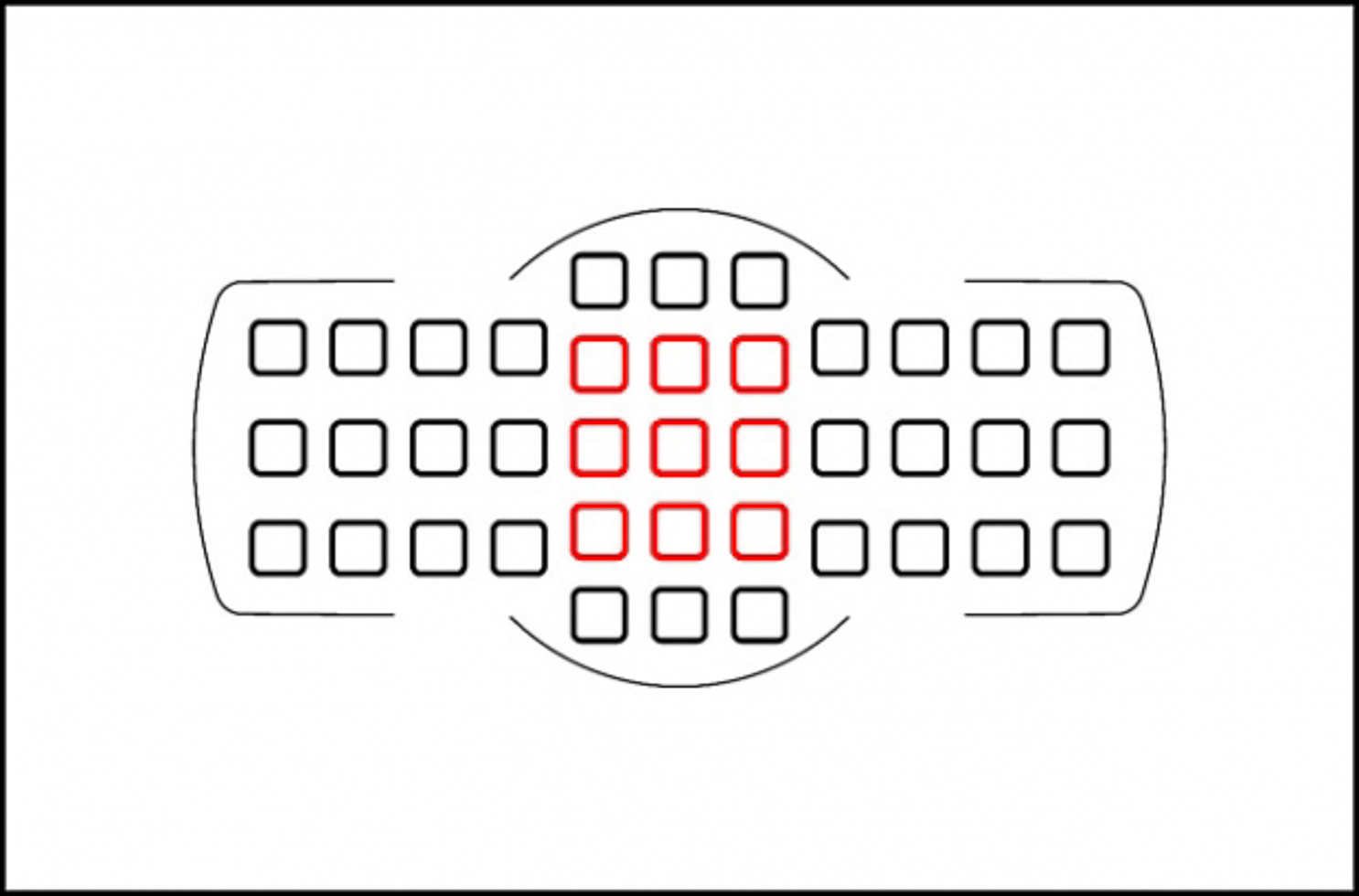Autofocus is far more complicated and involved than most people understand. For the purposes of this series, I am going to try and keep things as simple as possible.
Essentially, Autofocus allows the camera to make use of a number of Autofocus (AF) sensors to shift a series of elements inside the lens in such a way that the subject which you are wanting to photograph appears sharp and in focus. When focus is achieved, a little red square lights up indicating that the subject over which that AF point rests is now sharp and in focus.

The location of this AF point is vital because your depth of field (linked to the previous blog of this series: "What is aperture and how can I use it in my photography") revolves around this focal point. If the camera does not achieve focus in the correct place, your subject will not appear sharp and in focus.
In my experience, there are two main reasons for images not being sharp and in focus.
- You or the camera have achieved focus in the wrong place
- Your shutter speed is to slow
We will cover the second point in the next blog within the series.
Deciding Where to Achieve Focus
The AF sensors on cameras generally look for contrast and edges and through a series of very fast adjustments, shifts the elements inside the lens in order to bring the contrast and edges into alignment on the AF sensor. Contrast is the key variable here. Most people aren't manually selecting their focus point and are simply allowing the camera to make use of all of the available focus points to decide where IT wants to focus. Based on how the camera achieves focus, it will simply focus in the region where there is greatest contrast.
This may not necessarily be your subject though and this is where your subject can be rendered soft and out of focus, which is not ideal...
Even if you are making use of a manually selected AF point, simply placing the AF point onto your subject wont always do the trick.
Again, it comes back to contrast.
You need to try and achieve focus using the greatest point of contrast in a scene.
Does it matter which Autofocus point I Choose?
Without going into too much detail, yes. All AF points are not created equal and some will have a much better sensitivity to picking up edges and contrast in a scene. This is also linked to your specific camera model with the more advanced cameras having a greater number of far more advanced AF points than the entry level cameras.
Typically the most advanced and sensitive AF point is the central AF point.
The peripheral AF points are however quite capable of achieving focus - mostly in good light.
In low light, a combination of subtle vignetting, distortion and the fact that these AF points are less advanced than the central AF points means that the camera will really struggle to achieve focus using one of these AF points.
So, feel free to select any AF point in order to achieve focus and your ideal composition in good light but switch back to your central AF point when light (and therefore contrast) become less intense.
Does the Lens I have have an Impact on the Cameras Ability to Achieve Autofocus?
Most definitely. Remember those numbers on your lens? They tell you what the maximum aperture of your lens is at any given focal length.
The camera will always achieve focus using the maximum aperture (smallest F Number, largest opening).
The smaller the number, the larger the opening and therefore the more light that enters through the lens and onto the sensor.
The more light that enters through the lens, the greater the contrast and the easier it is for the AF sensors to achieve focus. A lens with a maximum aperture of F2.8 will be able to achieve focus much faster than a lens with a maximum aperture of F5.6. Think about squinting your eyes and looking at an object in the distance. When your eyes are wide open, it's easier to make out and define the edges of the object.
A simple analogy but hopefully one which is relatable.
For those more advanced readers, this is why the use of teleconverters will always have some sort of impact on the speed with which the camera is able to achieve AF as the maximum aperture is reduced.
How do I Move the Autofocus Point around?
You're not limited to using the central AF point in Manual Select mode. After switching to single-point AF, you can use the arrow keys or, with Canon, the joystick to switch to any of the other eight AF points. To return to the central AF point, press the Set button in the misdle.
So, you are now able to be precise in terms of the area of the frame where the camera will achieve focus (keeping points of greatest contrast in mind) which combined with your aperture value (depth of field) will help you ensure that your subject appears sharp and in focus.
If you're still not getting good results, the source of your issues may not be with the autofocus but rather with Shutter Speed.
And that will be the feature of next weeks post.
Do you want to understand all of the focus modes?
As I mentioned, Autofocus is a lot more complicated than most people think. After covering some of the basics in this blog, have a read through Michael Laubscher's blog which goes into detail about some of the more involved aspects like the different focus modes.

